Termite Control In Orange County, CA
Request Your FREE ESTIMATE Today!
Protecting Your Orange & Los Angeles County Homes From Termites
Termites are one of those pests in Orange & Los Angeles Counties that can get into your house unnoticed and cause severe damage once inside. They live underground or within the wooden structures of your home, which means you don’t have many opportunities to see them out in the open. Once they get inside, they’ll eat away at the wood in your house and can cause serious structural damage if left to their own devices. If you have reason to believe termites have gotten into your home or you want to make sure they haven’t, contact Admiral Pest Control.
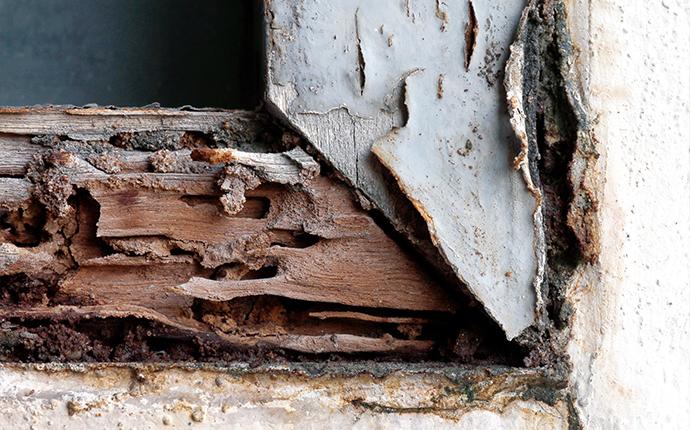
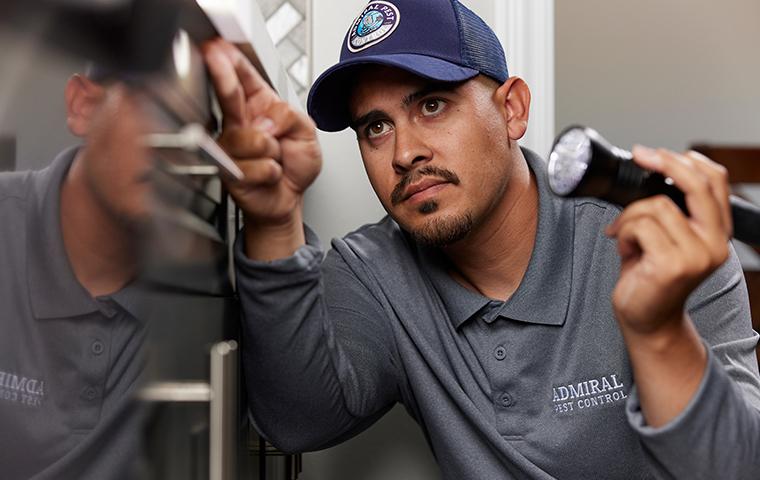
Our Termite Control Offerings
Free Inspection
Because termites spend most of their time out of sight, it can be difficult to identify an infestation. At Admiral Pest Control, our pest control technicians know where to look and what to look for when trying to identify a termite infestation. We’ll inspect all areas of wood in your house, probing for soft wood, damaged areas, the termites themselves, droppings, and more. We’ll also look for mud tubes.
Our inspection is vital because it allows us to determine whether or not you have an active termite infestation, what kind of termites are in your house, and where the damage is. Once we have this information, we can recommend the method of treatment that will best serve your needs and eliminate your termite problems.
Localized Treatments
Your treatment depends on the size and location of the infestation, as well as the type of termite we need to treat. For smaller, more localized infestations, we perform spot treatments. These treatments can include the use of BoraCare or Termidor®.
Our BoraCare treatments involve treating unpainted wood to make it uninviting to termites. This product is an environmentally-friendly treatment option.
Our Termidor® treatment involves drilling into specific are as and applying the product into the holes, then filling the holes back up. We also treat the soil around your house in order to target termites as they move around outside of your home.
Our localized treatments typically include a one-year warranty. Please contact us for specific information.
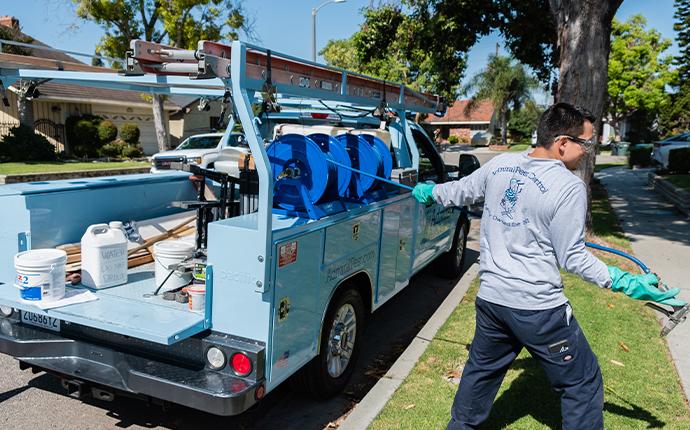
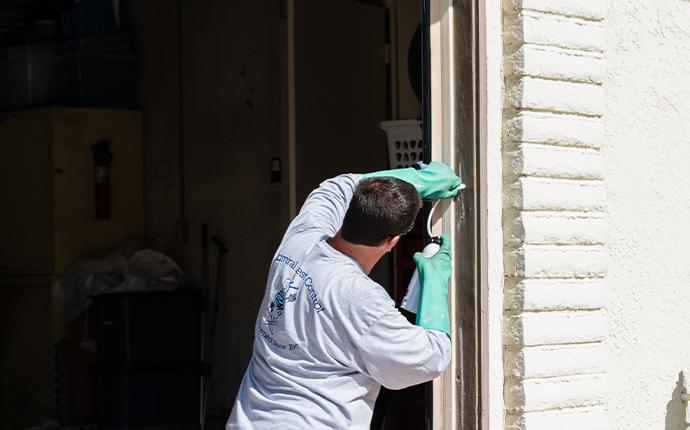
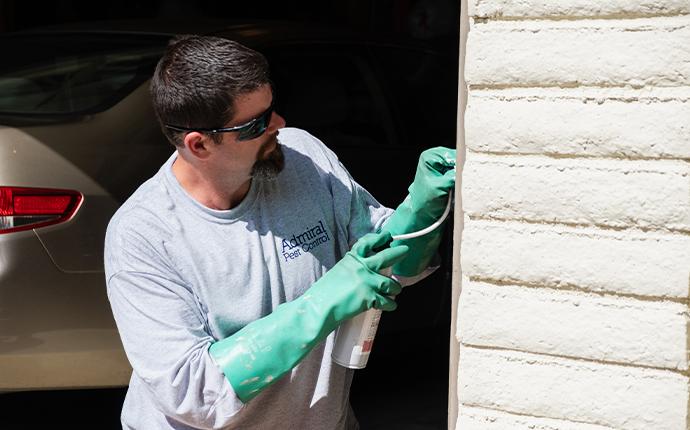
Fumigation
For large or widespread infestations of drywood termites, we sometimes recommend a fumigation treatment. This whole house treatment involves tenting your home and using Vikane gas to eliminate every termite inside.
Our fumigation treatments come with a two-year warranty that is renewable.
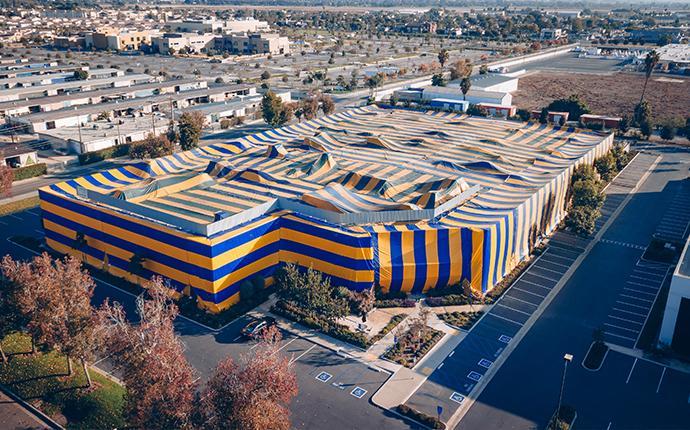
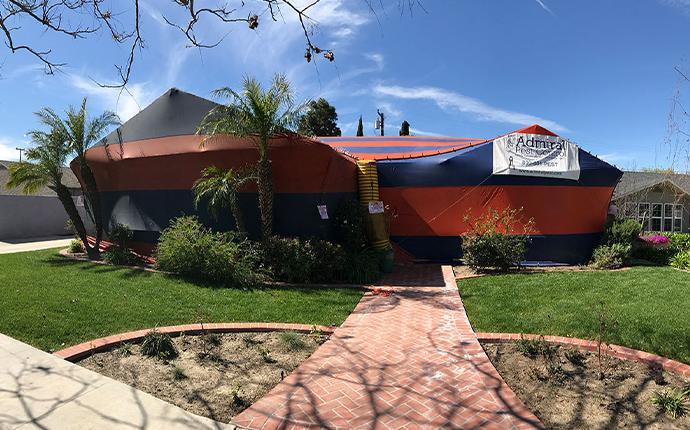
Termite Repair Work
If your home has been damaged by termites, we offer services with our termite repair specialists who can help! We have full-service wood replacement crews that specialize in termite and rot damage replacement.
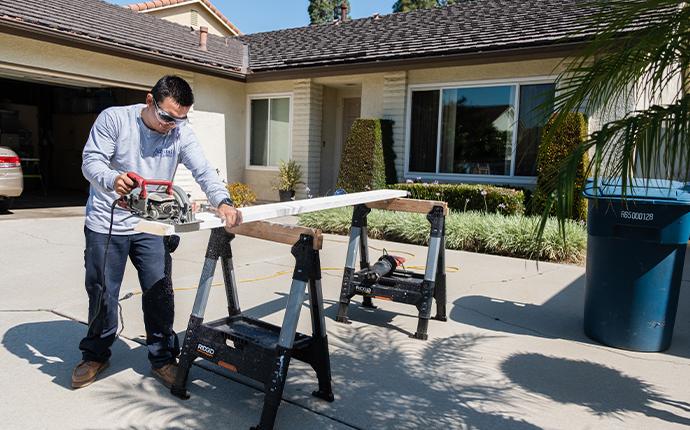
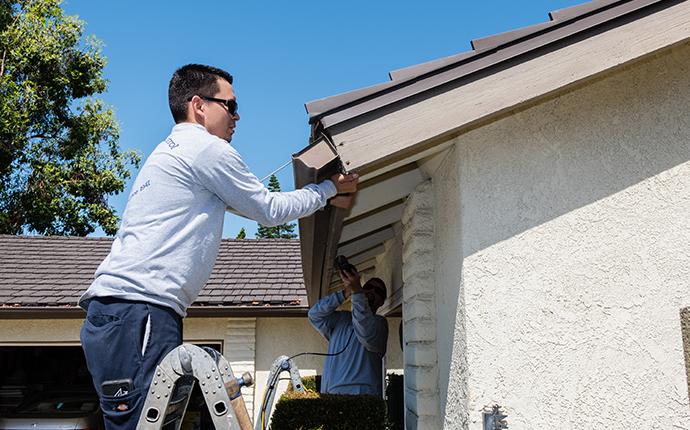
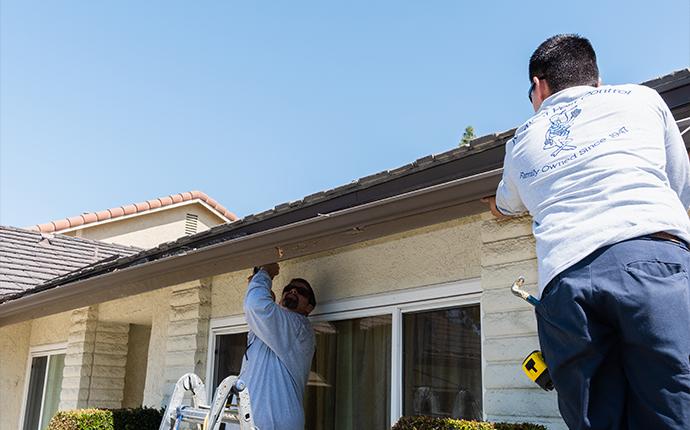
Yearly Termite Control Service
Our Yearly Termite Control Service is a worry free protection program against termites. After we perform a termite treatment or fumigation, our Yearly Termite Control Service guarantees your property against both drywood and subterranean termites and includes treating and re-fumigation, if necessary. All this at no additional cost, as long as the annual contract is active.
The service includes a thorough annual inspection performed by one of our licensed inspectors, a state report informing you of any activity, and whatever termite treatment is needed to keep the termites under control at your property. This service is fully transferable, if you sell your home the new owners have the opportunity to continue this invaluable service.
Helpful Termite Control Videos:
Frequently Asked Questions (FAQs)
How to choose a termite control company?
When choosing a company for termite control in Los Angeles & Orange Counties, you want to look for a fully licensed company with a good reputation that warranties their service and uses the most effective products in the industry. Admiral Pest Control has a 75-year history of meeting all of these requirements.
What is the average cost of termite control in Orange & Los Angeles Counties?
The cost of termite control can vary from home to home. Pricing will depend in part on the size of your home and the extent of infestations and/or damage. After a thorough inspection of your home, we’ll provide you with a detailed quote for our services.
How to control termites in wood?
If termites have gotten into the wood in your Orange & Los Angeles County home, you need professional termite control. They will not leave on their own, and do-it-yourself treatment methods are not effective at eliminating a termite colony. We provide both localized treatment and full tent fumigations for more severe infestations.
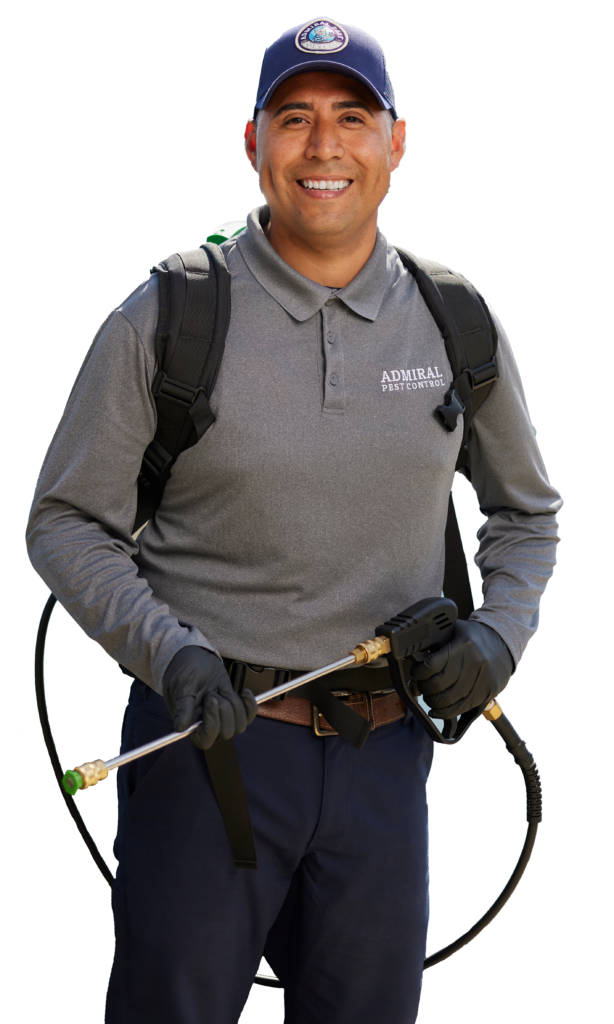
What Our Customers Are Saying
Joey and Kiana Squirek
Dan Burgess
Ali Jeihani
Brian Grace
Rachele P
Jonathan C.
Schedule Your Free Inspection
Or call
1-866-400-1915
Or call 1-866-400-1915
Complete the form below to schedule your no obligation inspection with Admiral Pest Control, Inc.
Our Recent Blog Posts
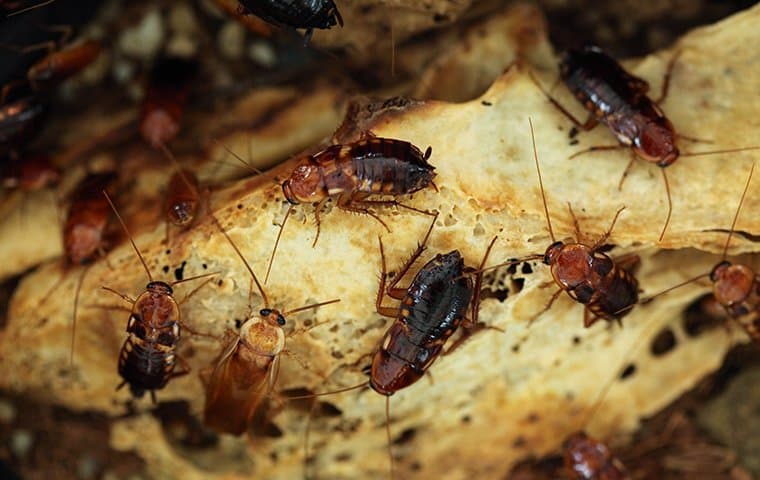
There’s nothing like a cockroach invasion to transform your pristine living conditions into a frightening war zone where these insects seem to be winning in the takeover of your household. Thankfully, Admiral Pest Control delivers the most effective cockroach
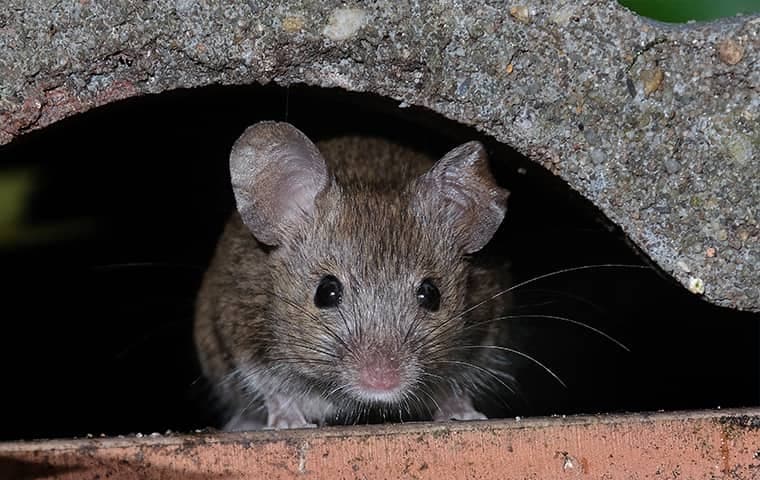
Dealing with rodent problems on your Los Angeles County property can be a persistent and worrisome challenge. As a homeowner or property manager, the presence of rodents not only poses health concerns but can also lead to extensive
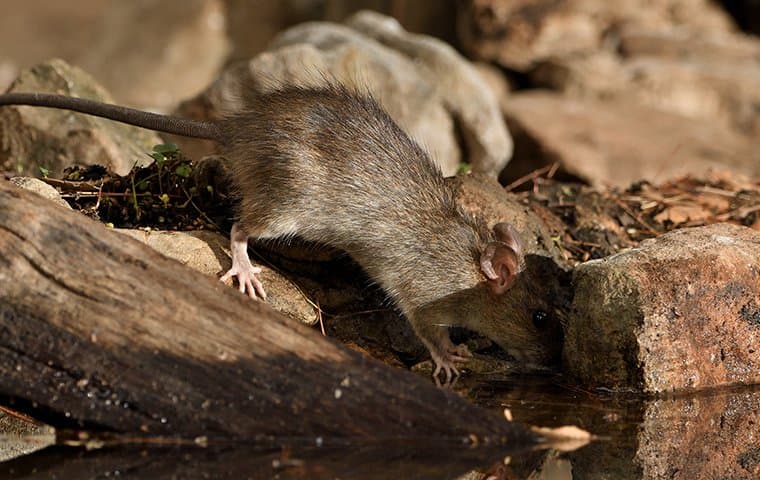
Rodent control in Orange County can be a problem all year long. Rats and mice, in particular, are quite determined to get into our homes so that they can share our abundant food and climate-controlled shelter with us.





